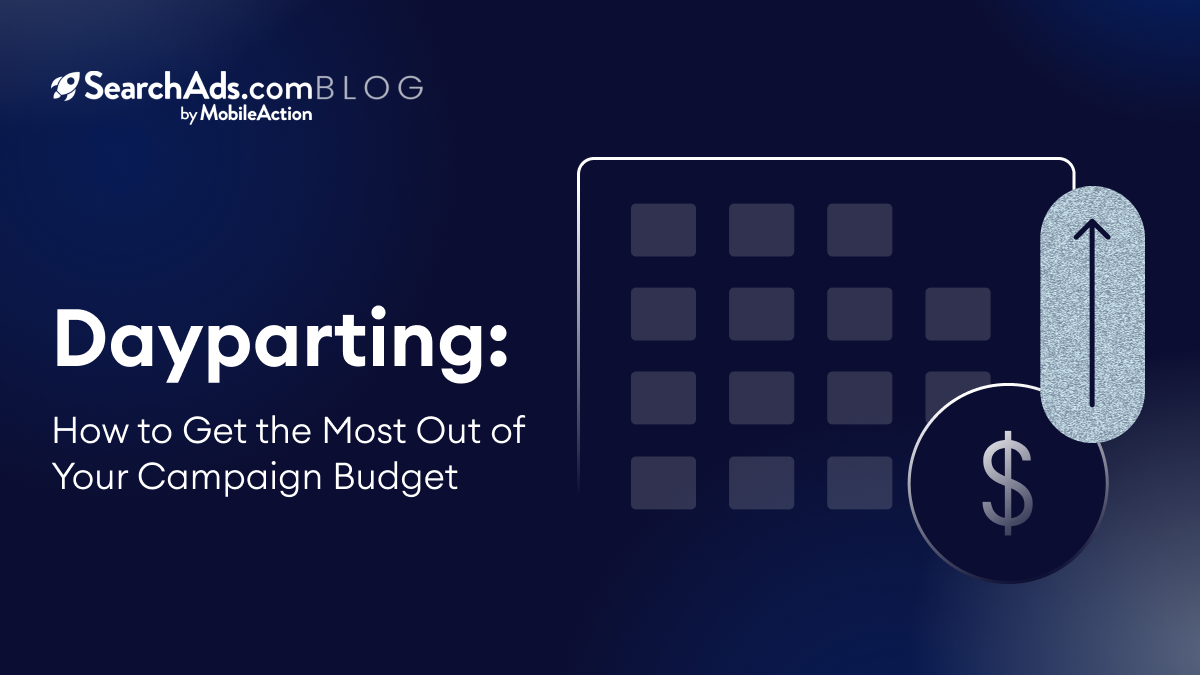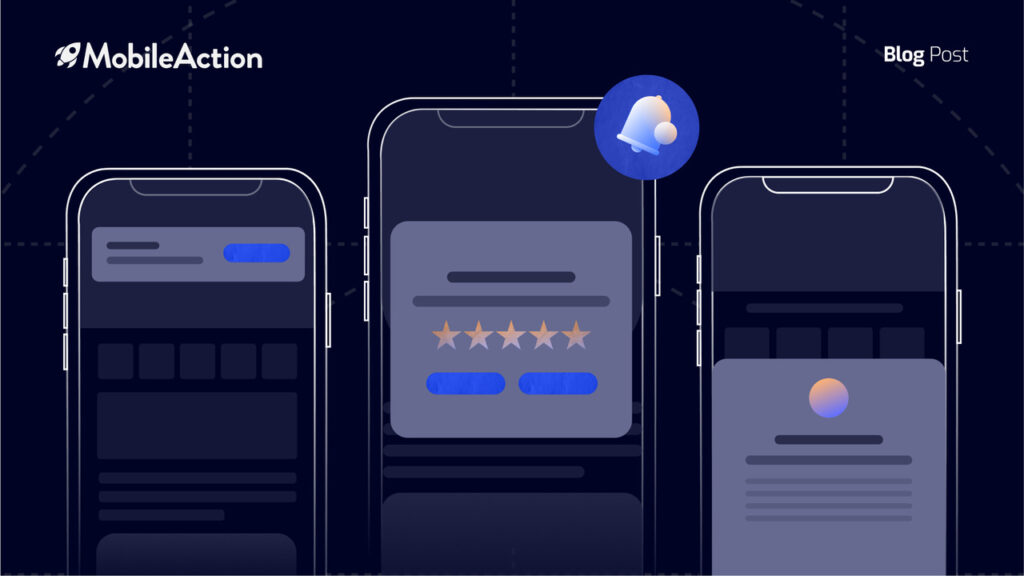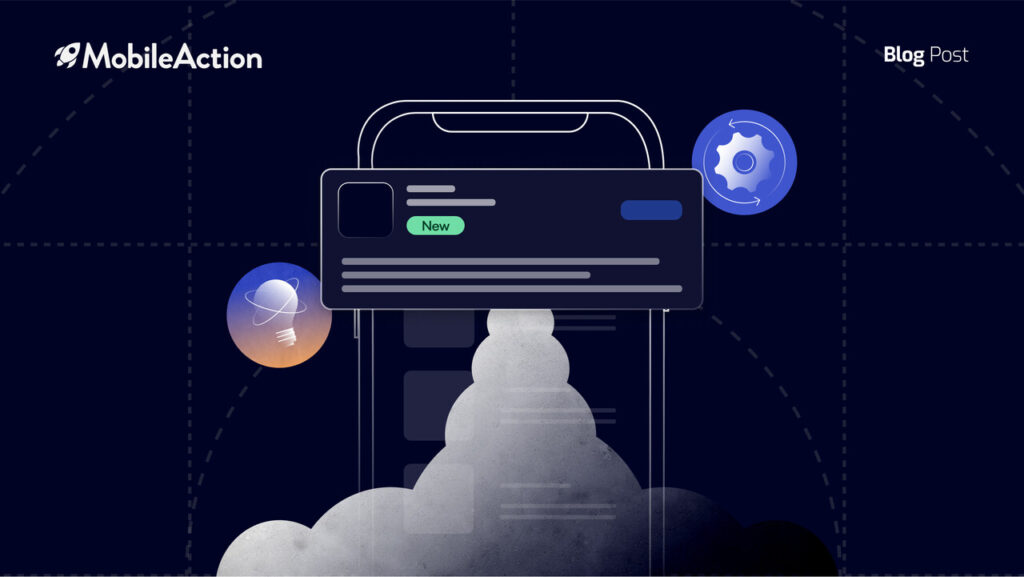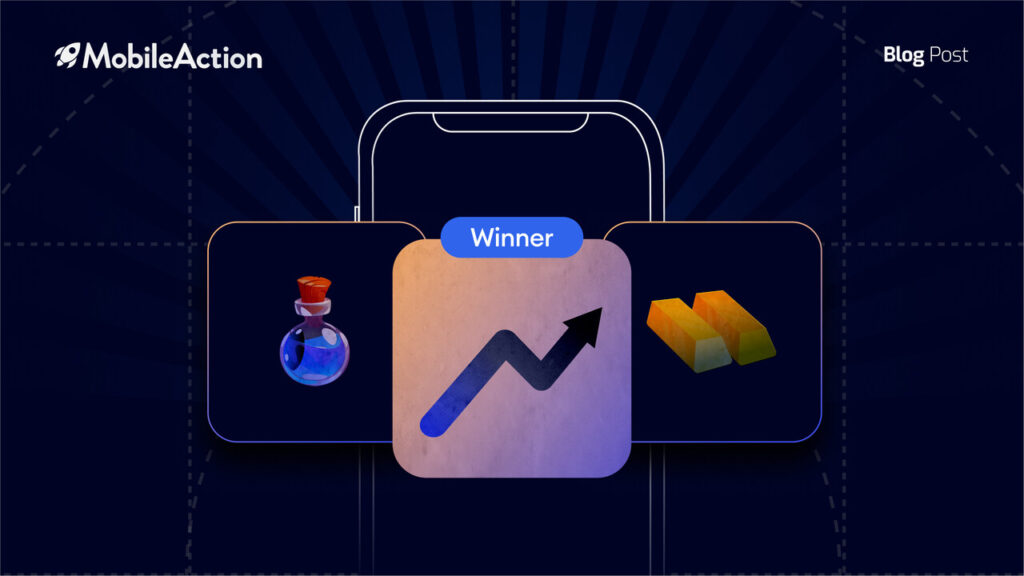Campaign management is a vast area where you should pay attention to various aspects like budgeting and timing. At SearchAds.com, we are working on making those aspects easier for you to manage your campaigns best way possible. In light of this purpose, we are excited to introduce you to dayparting & budget management automation!
Timing is crucial for app marketing. Showing your app at the right time is as important as showing it to the right audience. Considering you will have a certain budget, spending that during the times you will get the most outcome is essential. This is where dayparting, or what you might know as ad scheduling, comes into the picture.
Not using an automated system can cause you to face several difficulties during your campaign management as we listed below.
- Wasting ad budget on ineffective times
We always suggest that UA managers should arrange their spending in a way that they won’t experience any limitations. They should reach out to their target audience at any time during the campaign. If you know your users’ behavior, meaning specifically the periods that they will be more likely to install your app, you can respond well by running campaigns in any ad placement that would serve your campaign goal well during those times.
- Time-consuming manual adjustments
Without automation tools, you should manually arrange your dayparting and budgets. This can be extremely time-consuming and open to human error, considering you will have lots of different campaigns and keywords.
How to Set Dayparting & Budget Management Automation
In the dashboard, under the “Automation” tab, you will find Create Automation Rule button.
Then, click the ad placement you prefer to structure the dayparting automation rule for.
While setting automation rules, you can decide on some conditions to trigger your designated automation action and select timeframes for executing your rules in.
How to Leverage Dayparting & Budget Management Automation
Catching Up on Prime Display Opportunities
Your campaigns will run continuously, however, the conversion you will get from them might change during the whole campaign.
If you detect the prime times, you can increase your daily budget to display your campaigns more during these times. In the following example, you will see campaign data from a food & grocery delivery app. Since they have already decided in which periods they should display their ads, they arranged the dayparting accordingly.
They set the automation rule to increase their bids by a certain amount, even though it’s normally calculated by the designated daily budget. They did not put a maximum limit on their bids but they limited by forming CPT conditions.
Since the food & grocery delivery apps are mainly used after work hours instead of the daytime, they scheduled their ads to display during the evenings to reach more audiences.
Arranging Daily Budget
Another strategy that you can follow with this automation is, to form different orders to react to market insights. You can consider this strategy as an “IF” formula for data sheets. On top of scheduling your ads via dayparting, you can set rules to activate only if some conditions are met.
Although you set some goals while forming your campaigns, the variables won’t be the same during the whole campaign lifecycle. With that being the case, sometimes you need to change what you expect from your campaigns. Doing these changes manually requires a lot of time and effort. However, while using our automation tool, you can set different types of actions to react to various occasions that might occur during the time your campaign run.
Preparing for different scenarios creates a huge comfort for UA managers. Letting an automated system do all the checking and react to them accordingly is so valuable.
Here is an example of how you can apply this strategy successfully;
Here, you can see that they use automation to increase bids when the CPA level will down under a certain amount. Since the operations for this app cannot be held on Sundays, dayparting is selected for all working hours.
However, to keep their spending in between limits, they have also set another automation to decrease their bidding when the CPA level goes up to an upper limit. By doing that, they can react to the market changes in both ways.
Another opportunity to adapt this automation to your campaign management strategies is Apple’s new ad placements. Especially for some categories like food & drinks, users might tend to look for an app during specific time periods. For instance, users will look for a food & drink category app mostly when they are hungry like right after work hours. So, it might bring more installation if you run your today tab ads during these times to increase your conversions.
Last but not least, you can use this automation to test and detect the times that your users are more active. While running ads in display placements at different times will make you monitor and analyze your target audience’s behavior in the changing market. Therefore, you might plan your future campaigns accordingly.
Using this data, you can set campaigns that would bring more installs and conversions. This will increase your ROI by eliminating the periods that you run your ads but not receiving a decent outcome.
Getting Informed by Campaign Performance
Using our automation, you can also keep track of your campaign performances. While forming your campaign automation rule, you can add various conditions as indicators of when you would like to get informed about the campaign performance. This way, you get to receive notifications via email, slack, or our smart notifications tool.
By creating your automation rule, you can select a condition among your campaign goals to get informed its performance about, and choose a time frame from our already existing time slots or customize one by your choice.
This strategy might be useful especially if you are testing out new campaign strategies. You can check their performances mid-campaign and make an informed decision about whether to keep running that campaign or not. While making these decisions, you can save lots of time and money that could turn into waste in the long run, and use it to test another campaign that might bring a better conversion.
Here is an example of how you can implement this strategy into your campaigns;
In this scenario, the UA manager set conditions for the upper limit of the campaign’s conversions and the lower limit for the number of taps. Moreover, they select the time they start to work so that they can receive and check the notification first thing in the morning.
With ad scheduling and budget management, you can maximize your ROI, reach your target audience more effectively, and avoid the pain points of inefficient use of ad spend, limited ad exposure, and time-consuming manual adjustments.Sign up now to start using our automation tools for taking full control of your campaigns and achieving better results.




